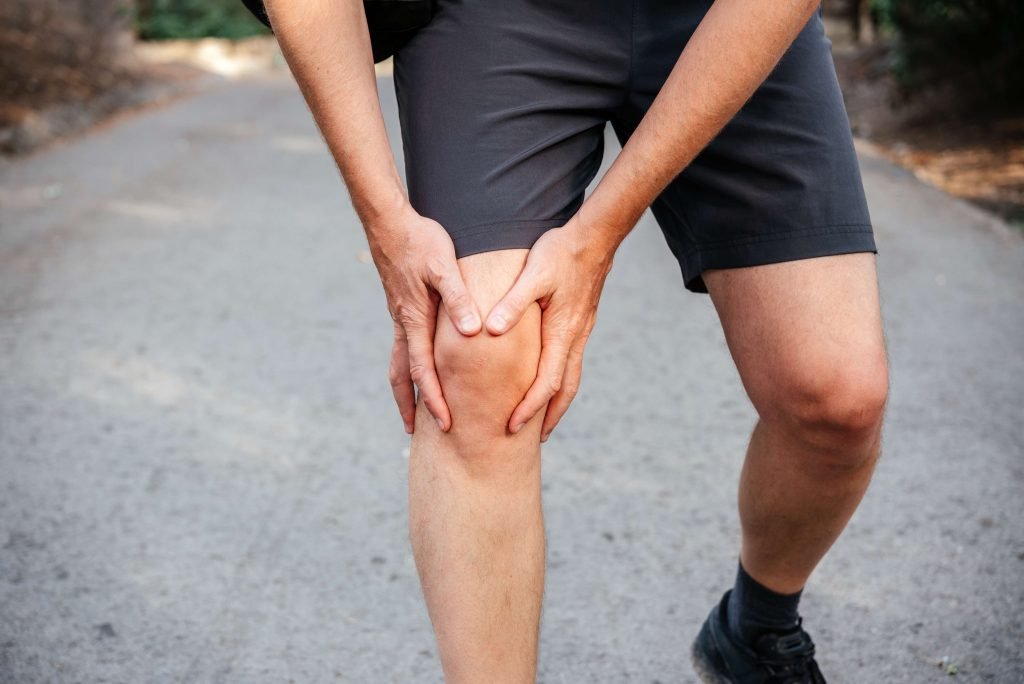Patellofemoral arthritis is a type of arthritis that affects the knee joint where the kneecap and thighbone meet. This condition can cause pain, stiffness, and difficulty with mobility, which can significantly impact a person’s daily life. It is important to seek medical attention if you are experiencing symptoms of patellofemoral arthritis to receive proper diagnosis and treatment.
Patellofemoral arthritis is a joint disorder that affects the patella or kneecap and the femur or thighbone. The condition is characterized by a breakdown of the tendon that covers the patella and trochlea at this junction, which can be caused by deterioration, injury, or autoimmune disease. Although there is no cure for this type of arthritis, medications along with physical therapy can help reduce symptoms.. Knee osteoarthritis is quite common in adults, with around 14 million individuals in the United States experiencing its symptomatic effects. This blog offers an overview of its signs and symptoms, diagnosis, and treatment options. The patella guards the knee joint and keep it stable. When the cartilage collapse, it can cause pain, bump, and toughness in the knee joint.
Symptoms of patellofemoral arthritis
If you’re experiencing pain in the front of your knee, it could be a sign of patellofemoral arthritis. This condition often causes discomfort during movement, particularly when climbing stairs, kneeling, or standing up from a seated position. While some people may also experience pain at rest, it’s more common to feel discomfort when putting pressure on the kneecap. If you’re experiencing these symptoms, it’s important to speak with a healthcare professional for an accurate diagnosis and treatment plan.
Other symptoms in the knee may include:
- stiffness
- swelling
- a creaking or crackling sensation
Causes of patellofemoral arthritis
Arthritis is a broad term that encompasses several different types of joint inflammation. One common cause of arthritis is osteoarthritis, which occurs when the cartilage inside a joint wears down over time. This can happen due to a variety of factors, including overuse, injury, or a congenital condition called dysplasia. In the case of knee dysplasia, the patella (kneecap) does not fit properly into the trochlea (groove at the end of the thigh bone), which can lead to increased stress on the cartilage and eventual wear and tear. Patellofemoral arthritis, another type of arthritis, is often associated with a history of knee instability, such as dislocation, laxity, or malalignment. Additionally, some individuals may have a condition called “patella alta,” where the kneecap sits higher on the knee than it should, which can also contribute to arthritis development
Other risk factors
- age
- obesity
- previous fracture
- history of arthritis in other joints
Diagnosing patellofemoral arthritis
A diagnosis of patellofemoral arthritis can be made with a combination of medical history, physical examination, and imaging tests. In addition to asking about the patient’s symptoms and daily functioning, the doctor will assess the range of motion and look for signs of injury or muscle loss. They may also check for crepitus—a grinding or popping sensation in the knee. X-rays can help reveal any narrowing of the joint space, degeneration of articular surfaces, or bone spurs. CT or MRI imaging may be ordered to get a deeper understanding in more complicated cases.
Treatment for patellofemoral arthritis
- Nonsteroidal anti-inflammatory drugs (NSAIDs): Aspirin and ibuprofen are examples of drugs that can relieve pain and reduce swelling
- Cortisone injections: Doctors can inject cortisone directly into the knee as it is a steroid and a powerful anti-inflammatory..
- Viscosupplementation: A doctor injects a substance into the knee to increase joint fluid. However, the effectiveness of this treatment is currently unknown
Here’s How Solace Physiotherapy Can Help
· Physiotherapy Techniques for Knee Care
Knee problems can be treated by physiotherapists using a number of tools and techniques, such as:
· Manual Therapy
It consists of soft tissue release techniques around the knee joint, as well as manipulating the joint itself, in order to reduce tension and increase flexibility.
· Exercise Programs
Stretching, strengthening, and balance exercises are included in exercise programs tailored to the individual’s needs. Exercise program should be designed specifically for strengthening specific muscle group.
· Ultrasound Therapy
Using sound waves to provide deep heat to the knee joint and promote healing, ultrasound therapy reduces pain and swelling.
· Electrotherapy
By using electrical currents to target specific areas of pain or discomfort, electrotherapy improves circulation in the knee joint and reduces pain.
· Postural Correction
Knee pain can be caused by posture issues. Physiotherapists can assess your posture and recommend exercises to help improve it.
· Client Education
Exercise, diet, and lifestyle changes can help improve your overall health and well-being if you receive physiotherapy advice.
Benefits of Physiotherapy for Knee Problems
A physiotherapist is a specialist healthcare professional who can diagnose and treat musculoskeletal conditions. Treatment plans may include exercises, manual therapy, lifestyle advice and more. When it comes to knee problems, physiotherapy can provide the following benefits:
· Pain Relief:
Physiotherapists can assess your individual needs and prescribe tailored treatment plans to relieve muscle strain or injury pain.
· Improved Mobility:
In addition to improving knee mobility, physiotherapy can also improve balance and coordination.
· Improved Strength:
Exercise that strengthens muscles around the knee joint can help reduce pain and help with other activities such as running and walking that may have been hindered by a knee injury.
Conclusion
It may be possible to reduce pain and improve mobility in the knee joint with physiotherapy if you suffer from knee pain. Physiotherapists are experts in assessing individual needs and developing customized treatment plans. You’ll be able to live a healthier life – free of knee pain – with their expert guidance!
Reach out Solace Physiotherapy in north Vancouver for more info or contact us at http://solacephysio.ca/

